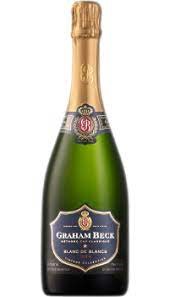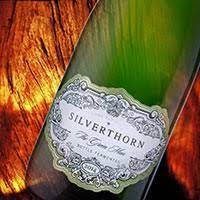Robertson, the Valley of Wine, Roses, Chardonnay & Cap Classique
The Valley of Wine and Roses is the delightful and affectionate name given to the Robertson area; but the name goes beyond mere affection. The town lies some 2.5 hours’ drive north-east of Cape Town on the well-known wine Route 62. In the past, the fruits of the vine from the area were more likely to be bulk or distilling wine. Even today there’s more colombard, a major distilling variety, in the area, 1997 ha, than chardonnay’s 1660 ha.
But it is chardonnay which has helped lift the area’s quality credentials, in fact those 1660 ha represent the most planted in any of the Cape’s official regions.
One of the first properties to specialise in chardonnay in the 1980’s was De Wetshof. Marketing Manager, Johann de Wet outlines their experience with the variety’s reaction to specific sites; ‘Each site’s soil and climate variation requires a different clone and vineyard management.’ He goes on to explain both unwooded and barrel-fermented chardonnays have different requirements to reflect each site.
If Robertson is known for chardonnay, it’s probably even better known for chardonnay with bubbles, Cap Classique in particular. I can think of eight producers in Robertson, including De Wetshof; there may be more.
Graham Beck is one of the best-known Cap Classique producers. Pieter Ferreira has been cellarmaster/winemaker since the late Graham Beck bought the farm in 1983 believing the area’s limestone soils could produce excellent sparkling wine. The cellar became so associated with bubblies that in 2014 production of the then white and red table wines was discontinued. The farm’s 140ha of vineyards supplies 75% of chardonnay and pinot for the current 11 Cap Classiques in the range. The balance is drawn from throughout the winelands. With so much experience behind him, what does Pieter see as Robertson’s main advantages for producing quality sparkling wine? ‘Sunshine, which we want to express in the bottle, limestone soils and marked diurnal temperatures,’ he summarises.

John and Karen Loubser produce their Silverthorn Cap Classiques a little further down the road. Their first wine, a Blanc de Blancs called The Green Man was made in 2004, after taking over the farm on Karen’s father’s death in 1999. Although both the Loubsers and Pieter Ferreira acknowledge Robertson chardonnay makes great sparkling wines, John and Karen have dared to experiment: The Genie, a rosé from shiraz and River Dragon, Acacia-fermented old vine colombard prove there’s more to traditional method bubbly than chardonnay and pinot noir!

Adding to Pieter’s list of Robertson’s benefits for quality bubbly, John mentions low rainfall, which lessens the likelihood of disease pressure, and irrigation drawn off the Breede River which runs through the valley. The Indian Ocean, just 70 kms away, provides cooling breezes in the afternoons to this very warm region; but, as John points out, ‘While this is beneficial, we harvest before February, the hottest month of the year.’
If limestone encourages quality wine growing (and the breeding of many thoroughbred horses), the clay, which is also found, is a little piece of heaven for roses; there are magnificent displays across the valley.
Perhaps it should also be known as the ‘Valley of Milk and Honey’.
- Blog by Angela Lloyd